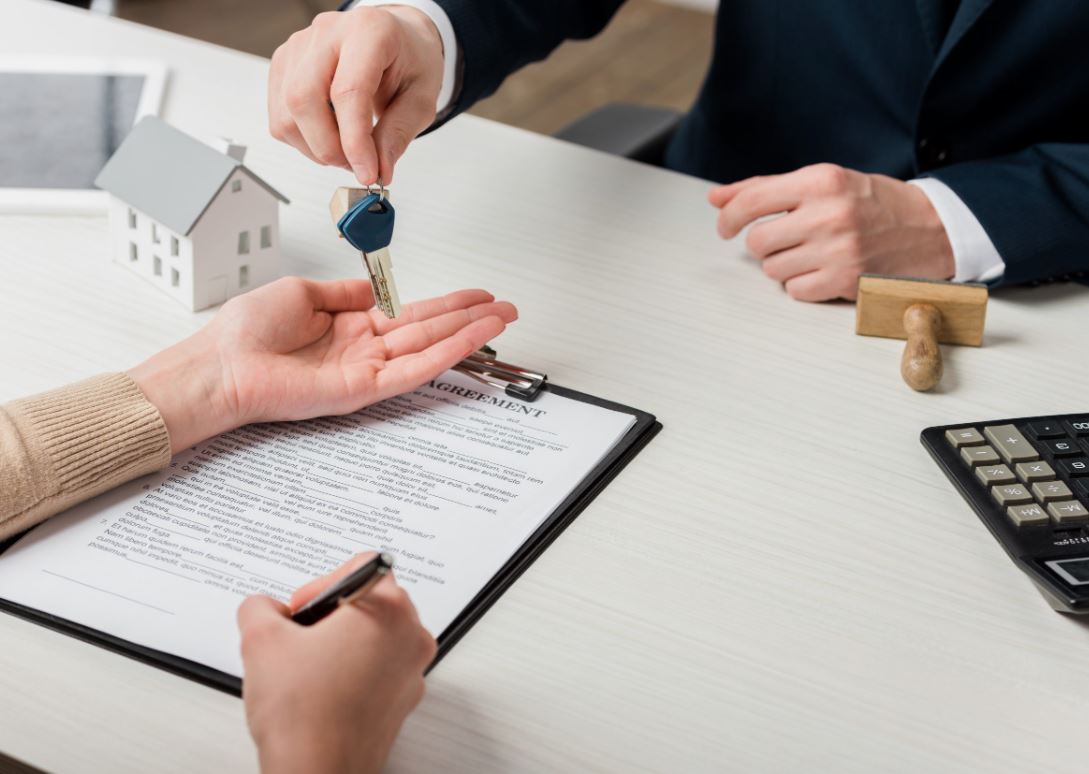How Much is My NYC Home Really Worth? A Guide to Valuation in the Five Boroughs.

New York City’s real estate market is in a league of its own. It’s a mosaic of a thousand micro-markets, where the value of a property can change dramatically from one block to the next, one building to the next, or even one floor to the next. For homeowners looking to sell or simply curious about their asset’s true worth, the question, “How much is my NYC home really worth?” is far more complex than in other parts of the country. A quick search on a real estate website, while tempting, will likely provide an inaccurate picture. Understanding the intricate factors that influence home valuation in New York City is the first step toward a realistic assessment.
The Pitfalls of Online Estimators
Online tools and algorithms, while a great starting point in less dense markets, often fall short in New York. They rely on publicly available data, which can be misleading in the city’s unique landscape. For example, a home in a landmarked district might have a higher value than a similar one a few blocks away. A co-op and a condo in the same building have different values due to ownership structure and associated rules. These nuances are difficult for an algorithm to capture accurately. The result? A number that may be off by tens or even hundreds of thousands of dollars.
Location, Location, Location—But with a NYC Twist
In New York, “location” means more than just the borough. It’s about the specific neighborhood, the exact block, and even the street.
- Neighborhood Micro-Markets: A townhouse in Brooklyn Heights carries a completely different value and attracts a different buyer pool than a townhouse in Bedford-Stuyvesant, even though both are in Brooklyn. Similarly, a high-rise condo in Battery Park City is valued on different metrics than a walk-up brownstone in the West Village.
- Proximity to Amenities: The value premium for being steps away from a subway line, a beloved park (like Central Park or Prospect Park), a top-rated school, or a bustling commercial street is significant. These are not just amenities; they are lifestyle factors that buyers are willing to pay a premium for.
- The View: An unobstructed view—of the Manhattan skyline, a famous landmark, or the Hudson River—adds a substantial premium to a property’s value. A unit on a lower floor with a view of a brick wall will have a vastly different value than a higher-floor unit with a stunning vista, even if they have the same square footage.
Building and Unit-Specific Factors: The Details That Matter
In NYC, the value of your home is inextricably linked to the building it’s in.
- Co-op vs. Condo: This is a key differentiator. Condos, with their more straightforward ownership structure, tend to be easier to finance and are more appealing to international buyers, which often translates to higher prices. Co-ops, with their stricter board approval processes and underlying financial requirements, can be a more complex but sometimes more stable investment.
- Building Amenities: Does your building have a doorman, a gym, a rooftop deck, or a children’s playroom? These features are a huge value driver, especially in high-end buildings, and they are factored into the overall valuation.
- Interior Condition and Renovations: Within the unit itself, the condition of the kitchen and bathrooms is paramount. A recently renovated, turn-key apartment will almost always command a higher price than a dated unit, even if the square footage is identical. Smart home technology, high-end appliances, and quality finishes can also add value.
Market Dynamics: The Broader Picture
Beyond your specific property, broader market forces are always at play. Interest rates, the current inventory of similar homes, and seasonal trends can all impact your property’s market value. A high-interest-rate environment can cool buyer demand, while a low-inventory market can drive prices up. A professional evaluation takes these larger trends into account to provide a snapshot of the current market value.
The Professional Valuation Process
Given these complexities, the most reliable way to get an accurate home valuation in New York City is to consult with a qualified professional. A local real estate broker can provide a Comparative Market Analysis (CMA), also known as a Broker’s Price Opinion (BPO). This is a detailed analysis of recent sales of comparable properties, a snapshot of competing listings, and an assessment of your property’s unique selling points. For a legal or financial transaction, a certified appraiser is required. An appraiser will conduct a more formal and detailed report that is legally binding and often required by lenders.
In the end, valuing a home in New York City is a sophisticated process that requires a deep understanding of its unique markets. Don’t rely on a guess; a professional and well-supported valuation is the only way to truly understand what your most valuable asset is worth.



